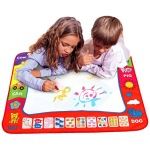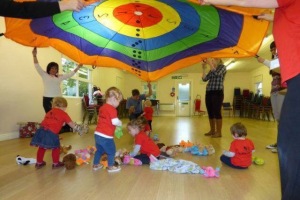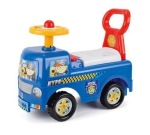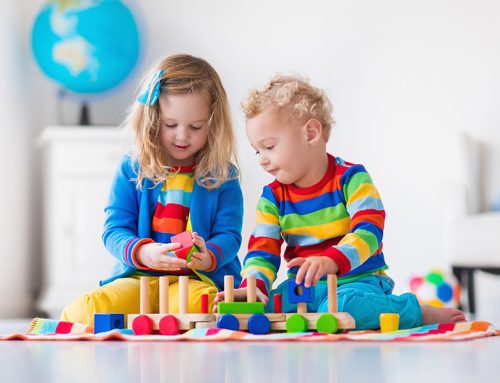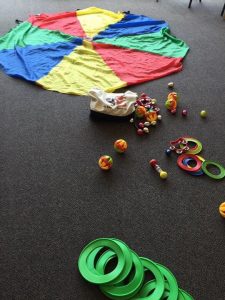 Babies and children learn at their own pace, in their own way and in their own time. Learning through play is vital for your child’s development. It’s interesting and beautiful to watch the stages day by day and you contribute to this by encouraging play and interaction. The more time you put in, the more babies and children learn at their own pace, in their own way and in their own time. Learning through play is vital for your child’s development.
Babies and children learn at their own pace, in their own way and in their own time. Learning through play is vital for your child’s development. It’s interesting and beautiful to watch the stages day by day and you contribute to this by encouraging play and interaction. The more time you put in, the more babies and children learn at their own pace, in their own way and in their own time. Learning through play is vital for your child’s development.
It’s interesting and beautiful to watch the stages day by day and you contribute to this by encouraging play and interaction. The more time you put in, the more they’ll develop and there are lots of ways you can do this.
We can look at different learning potential in 3 areas. Age 0-1. 2-3. 3-4.
Stage 1
AGE BIRTH TO ONE
Communication
Communication begins from birth. Talking to your baby is so important for the early start in language. For example eye contact, facial expressions, pausing for a second to build a real conversation. Even if you feel a little self-conscious, talking to your baby in public…. It’s OK!
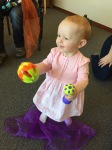
How to keep going!
- Talk Chat Sing – the more talk the better.
- Reading to your baby. Books are a lovely opportunity to sit and spend precious time together. Material, bath and pop up picture books are all great to get the talk flowing.
- TV has its benefits but limit the viewing time spent watching and monitor the content. Is Peppa Pig really good to watch for 2 hours and make sure that you listen to its content!
Movement and Physical Encouragement
Lots of babies find music both settling and interactive. Encouraging your baby in multiple physical activities like on a playmat, bouncy chair or in the bath. Water is a great physical and fun pastime.

Attending a baby activity class is the perfect way of socialising your baby, with lots of classes to choose from like Dance/Music and Early Learning classes for babies the choice is endless and gets you out of the house too.

Sitting up, to crawling, to bum shuffling happens all around the age of 12 months. One thing is for sure, leaving Baby in one place means you’ll find them in another! Remember SAFETY FIRST.
Have you considered doing a baby first aid course?
How to encourage movement!
- Having fun playing together will stimulate the activity core within your baby. Throwing and catching, bright coloured toys slightly out of reach. How about encouraging reaching out by using bubbles.
- Do what your little one enjoys.. Do what makes them laugh or stare.
- Using food for those little nimble movements – finger food is ideal. Remember to keep an eye on Baby for choking prevention.
“Look at me” – Interaction
Things like ‘stacking hands’ on top of each others or ‘2 little dickie birds’ or hiding – 123, there you are! You can get out those presents that have been put away for when Baby is older like shape sorters, mega blocks and interactive toys – Yes the age of noisy toys have begun!
Stage 2
AGE 2-3 YEARS
The Art of Drawing
Around the age of 2, little ones start to show an interest in drawing, craft and writing. A magnetic drawing board is perfect and can easily and cleanly be played with in the comfort of the car or cafe! Use a left over roll of wallpaper for drawing and painting. Numbers and counting should be encouraged at this time through play.
Emotional and behaviour Learning.
Keep calm is the key. Tolerating the development of independence is challenging at the best of times. Being organised and give yourself plenty of time. Easier said than done when you’ve possibly got other children too.
How to handle emotions and behaviour
- Don’t say to children what you don’t want repeated back at you!
- Praise and encouragement for a job well done – even if it’s over the top. Try ‘not’ to reward with sweets!
- Go to an activity class where you’ll experience how other children behave – you’re not the only one in the same boat.
- Make tidying up into a game.
Stage 3
AGE 3-4 YEARS
WALK RUN JIMP
Active physical development is still work in progress especially as spatial awareness is a lot slower than the speed they can physically move. Bruises on chins, scuffs on knees are becoming slightly more common place and its tempting to shield your precious little one in cotton wool – but finding balance is all part of the learning. Lots of cuddles and reassurance is needed.
Ride on toys are fun and great for coordination as is pushing a toy trolly or wheelbarrow.
Imaginary play is great fun and dressing up in costumes is the start of choosing their own style of clothes especially when they want to go to the shops dressed as Batman or Belle!
Learning to share can be a tricky issue for little ones. If they have an older brother or sister or twin, learning to share can be down to a child’s possessive or giving nature. Now is the time to use differences in the tone of your voice.
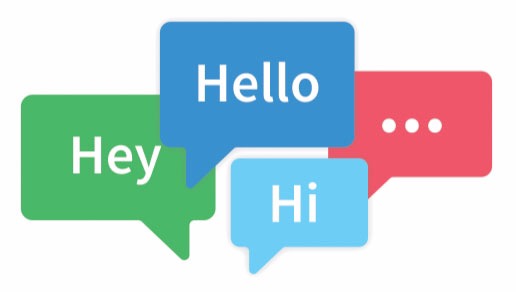
Socialising with other children and playing as part of a group can take anything up to 7 years old so don’t worry if your little one doesn’t seem to have friends. Some little ones like to display emotional care towards other children and share their toys. More independence is being shown but will still need lots of cuddles and reassurance.
A choice of nurseries may seem a daunting process so talk to other mums and get recommendations because that is a good starting point.
How to encourage learning through Play!
- On the floor play. Matching pairs and building blocks to create a masterpiece is a great idea.
- Little ones love playing ‘hide and seek’ and ‘I spy’, encourage their inner game play to hear their dominant voice communicate with you.
- Memory and recognition is developing now so talking about your days out and experiences are a great start. Get out some photographs or mobile device pictures and talk about who they recognise including themselves as they grow up.
- Concentration is built up over time and can be extended with play and encouragement. Visuals can include, colours, numbers, sounds and shapes to keep them engaged. Use eye contact and expressive talk to keep focused – but don’t overload, pressure or force.
- Try attending a class such as My Baby Can Dance or other activity class that is around 45 minutes long.
Starting school is coming soon enough so all these learning activities and progressions you have offered will go a long way towards the transition and settling in process.
